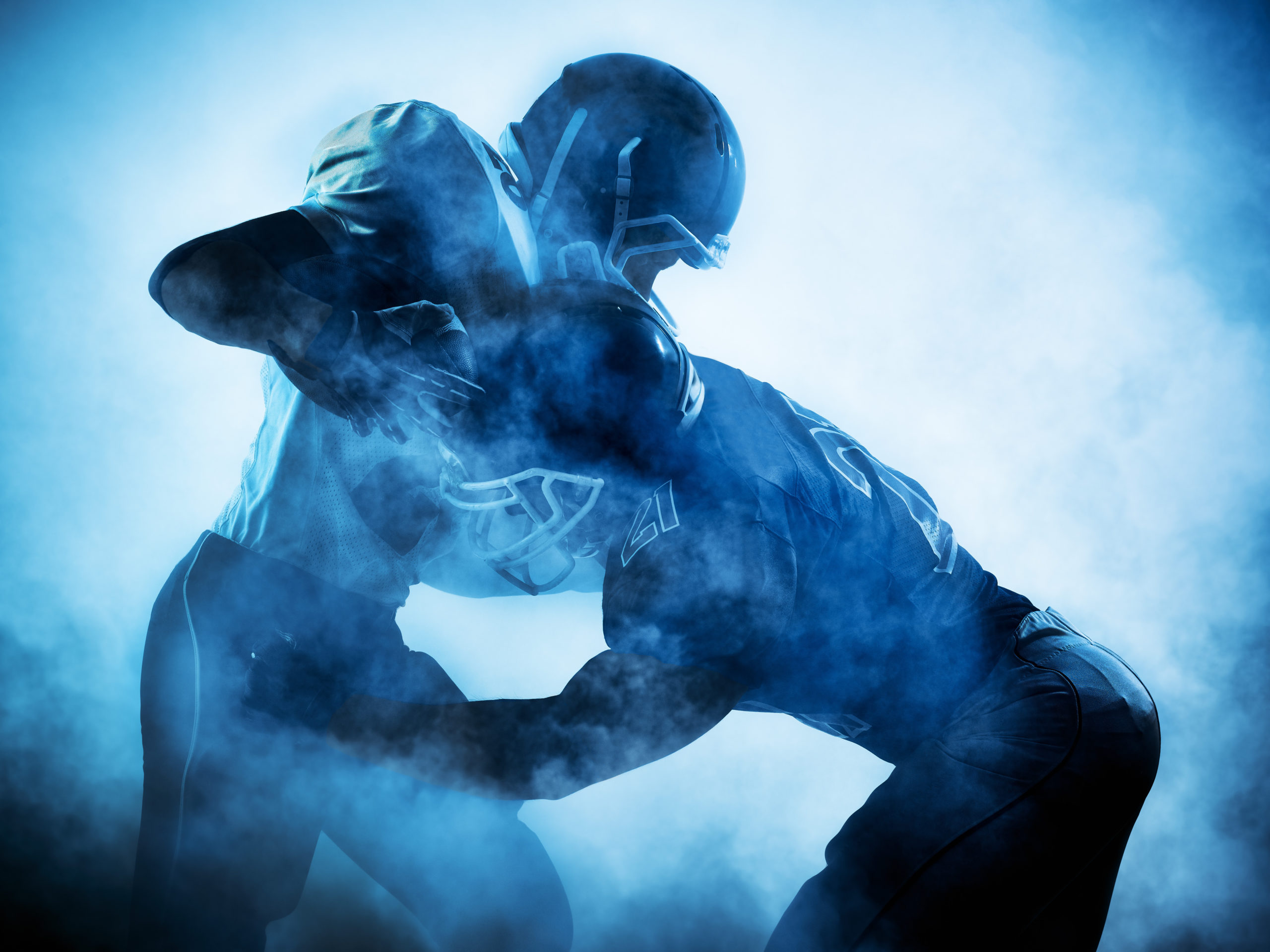AC Joint Injuries
What is a Separated Shoulder (AC joint injury)?
A shoulder separation is an injury to the acromioclavicular (AC) joint–this is the junction between the acromion (part of the scapula) and the outer end of the collarbone. Note that a shoulder separation differs from a shoulder dislocation which refers to the ball and socket joint. The AC joint can often be felt as a slight prominence on the top of your shoulder.
How does an AC joint injury occur?
The AC joint can be injured by impact to the shoulder, such as falling onto the shoulder or a hockey player going into the boards. These injuries have several degrees of severity which correspond to how elevated the collarbone is in relation to the rest of the shoulder. Lower severity injuries respond well to nonsurgical treatment and therapy, typically with full return of function.
What are the symptoms of an AC joint injury?
Pain directly on top of the shoulder after a trauma is universally present. For at least the first several days, it is difficult and painful to try to raise the arm up or out away from the body. In higher grade injuries, a deformity or prominence of the outer end of the collarbone is noted on top of the shoulder. In rare cases, numbness or weakness of the hand can be present. In more chronic situations, clicking or grinding can be present at the AC joint.
How is an AC joint injury treated?
Most AC joint injuries can be treated with a 3-6 week period of rest and gentle rehab. Lower grade injuries generally don’t require surgery but there may always be a mild prominence of the injured joint, however, no long term functional limitations are expected after lower grade injuries.
In higher grade injuries or those that do not respond to observation and natural healing, a reconstruction of the joint may be necessary to restore the anatomy and ligamentous restraint between the collarbone and the scapula. A ligament graft is used to reconstruct the coracoclavicular ligaments which allows for full return of function and strength in the vast majority of patients. This is an outpatient procedure but does require a 4-6 week period of immobilization to allow full healing of the reconstructed ligaments. Strenuous and athletic activities may require up to 3 months of healing prior to return to those activities. Drs. Silas, Bak and Frush treat these injuries commonly, especially in our football, hockey and mountain biking patients.


